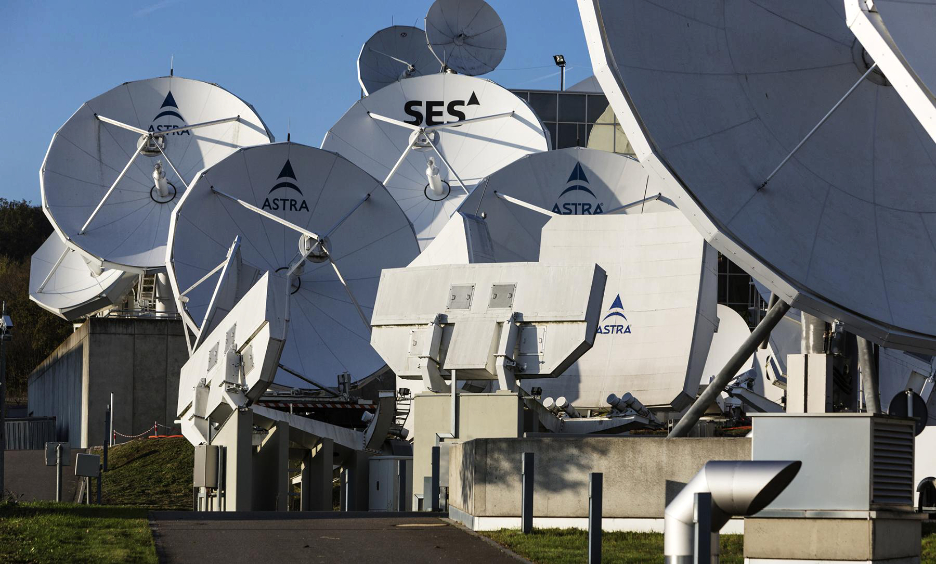

Chris Forrester
At the Advanced Television infosite, journalist Chris Forrester is reporting that satellite operator SES is clearing a portion of its C-band spectrum in an “accelerated” manner, in accordance with the FCC’s timeline and Order published on April 23rd — SES will file the election later on May 26th, ahead of the key May 29th FCC deadline.
“Accelerated clearing, including the migration of existing customers, is an important and resource intensive process for the current C-band users. The SES Board of Directors has approved an investment envelope of $1.6 billion which includes the procurement and launch of new satellites and other equipment and services – expenses that are reimbursable through the Clearinghouse process. SES intends to place the vast majority of this investment with US suppliers,” said an SES statement.
SES added, “In line with SES’s firm commitment to maintaining investment grade status, the company has secured deferred payment terms with the vendors taking part in the satellite programs associated with the accelerated clearing, ahead of reimbursement by the Clearinghouse. SES intends to meet the deadlines envisaged in the FCC Order, which entitles SES to receive up to $3.97 billion in accelerated relocation payments.”
However, SES says it is being cautious in the overall clearing plan. “While SES is firmly supportive of accelerated clearing per the FCC Order, the company opposes the potential sunsetting of its 300 MHz C-band rights by December 2025 in the unlikely event that accelerated clearing does not proceed as outlined in the Order. As a strictly precautionary measure, SES intends to file today a petition for review with the reviewing court to preserve its rights should the accelerated clearing option no longer be available.”
From the outset of this proceeding, SES says it has supported accelerated clearing of a portion of the C-band spectrum, as well as the Commission’s objective of quickly driving 5G leadership with the use of this spectrum while also protecting the spectrum’s current users.
“Under the Order, the accelerated clearing is contingent on elections to clear having been made by eligible satellite operators representing at least 80 per cent of accelerated relocation payments. SES’s decision to elect is a critical component in achieving this,” adds SES.
The FCC needs to know by May 29th that its overall scheme is also formally supported by Intelsat, Telesat and Eutelsat.
While not confirmed, it is known that Maxar Technologies has received a “multi-satellite” order for the fast-track construction of satellites.

Of additional interest regarding Intelsat, despite the company's bankruptcy process, the firm has launched CellBackhaul over the US for 4G and 5G mobile network operators.
This is good news for the company and users as it will help provide coverage to the rural and suburban regions of the US with little or no access to mobile broadband. Intelsat says it is providing a “cost-efficient, turnkey managed service to help mobile operators quickly deploy 4G and 5G coverage everywhere, with a focus on rural America.”
“With Intelsat CellBackhaul as part of their network planning strategy, MNOs of any size can cost-effectively offer mobile broadband coverage to these areas – connecting more subscribers, land areas, roadways and IoT devices. In addition to expanding their coverage areas, MNOs can use Intelsat CellBackhaul for network densification, and to provide backup coverage, ensuring their subscribers stay connected, anywhere they go,” adds Intelsat.
As the US Federal Communications Commission (FCC) moves forward with its planned $9 billion 5G Rural Fund, as much as 67 percent of the US landmass in 49 states and three U.S. territories could be eligible for funds to bring 5G into rural communities and support connectivity needs of American farms and ranches – a tremendous opportunity for US MNOs.
Intelsat says it plans to roll out its CellBackhaul service to mobile operators in additional regions, including Africa, in late 2020.
However, a couple of weeks ago, Eutelsat announced they had secured a multi-year contract with Norway’s Telenor Maritime business to provide Ku-band coverage for sailing areas of Europe, trans-Atlantic maritime traffic and including the important Caribbean cruising grounds and South-East Asia.
This was good news for Eutelsat, but it now seems that it was Intelsat which lost the contract. Telenor Maritime CEO Lars Erik Lunoe said, “Eutelsat was selected based on its ability to deliver the right platform/ and service mix to suit our target markets and the flexibility to accommodate our high standards with respect to the latency of voice traffic, capacity management and deployment flexibility.”
The question now is whether this new agreement paves the way for other business once held by Intelsat, in particular the long relationship that’s been in place between Telenor Satellite and Intelsat at 1 degree West. What is certain is that the Eutelsat win/Intelsat loss is symbolic of the challenges Intelsat faces.
Indeed, some Intelsat customers may decide they need to de-risk away from a situation where sales of some assets will at minimum be considered, if not required, by the bankruptcy court. And, at the end of the day, who wants to expose their business to the drama and uncertainty of bankruptcy.

